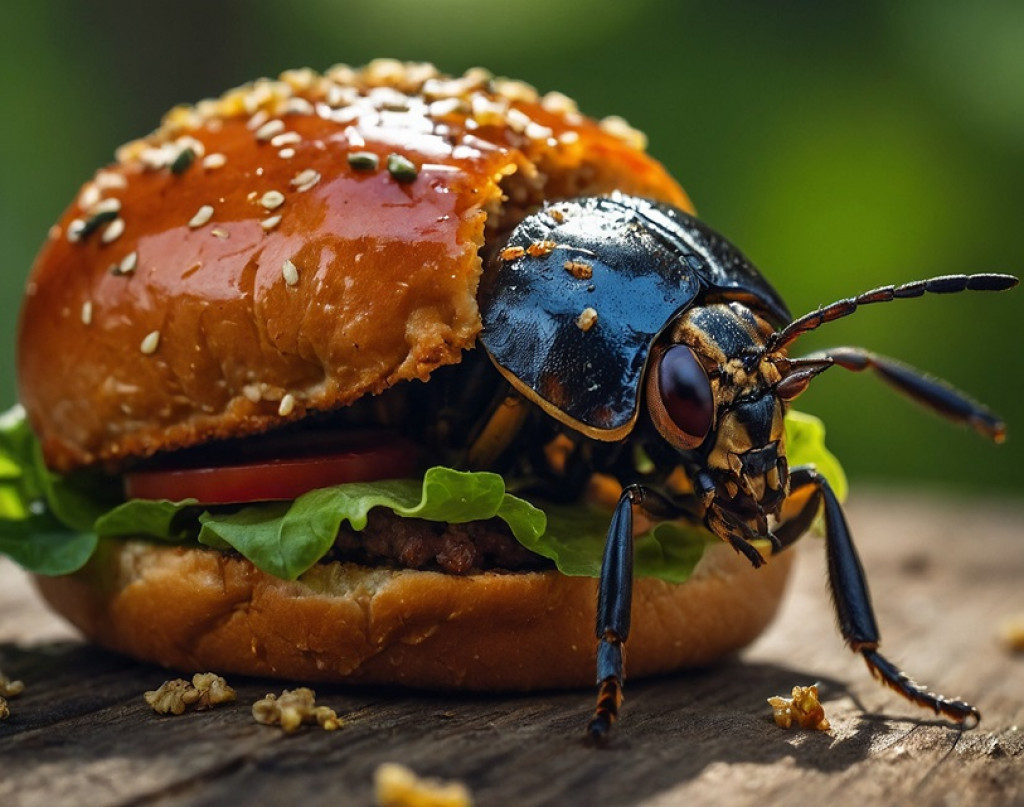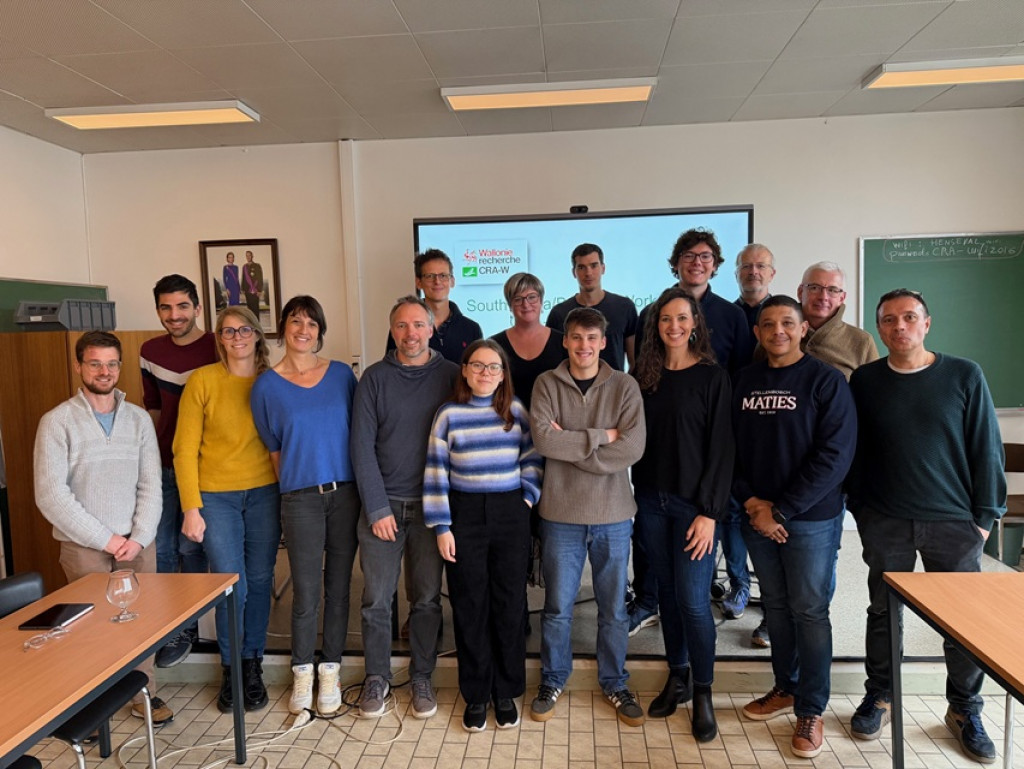Context
The provision of safe and authentic European food produced to defined quality standards is a key expectation of consumers as well as a key selling point for the European agri-food economy. European food is recognised globally for its high standards of production, labelling and safety. As such it is susceptible to lower quality imitations that seek to exploit the added value that European products have with respect to consumers and the global food market. Counterfeiting of food products has a major detrimental effect on the EU food industry as consumers start to doubt the authenticity of European brands. Whereas food safety within Europe is well co-ordinated and has a high profile, this is not the case for detection of food fraud or the enforcement of associated legislation.
In recent years consumer preferences for food with declared provenance has led to an increase in the marketing of foods from designated origins/productions and a strengthening of European legislation regarding the labelling of food (EU TRACE project). As a result the food industry has become much more engaged in establishing an infrastructure that will assure food authenticity/provenance and is seeking to actively contribute to assuring the authenticity of the food supply.
There is a clear need for an initiative that will link up the major stakeholders, establish data sharing tools and working practices, provide rapid fit for purpose screening and verification methods, exploit past and present work and provide a consolidated research base from which to identify and commission new work, as well as provide a source of expertise to advise on future activities within Horizon 2020. The FOODINTEGRITY project will fulfil that need.
Objectives
The strategic objectives from the FOODINTEGRITY project are:
1. Provide Europe with state of the art and integrated capability for detecting fraud and assuring the integrity of the food chain.
2. Provide a sustainable body of expertise that can inform high level stakeholder platforms on food fraud / authenticity issues and priorities.
3. Act as a bridge that will link previous research activities, assess capability gaps, commission research and inform Horizon 2020 research needs.
Expected results
The FOODINTEGRITY project achieved these aims by providing the following results:
-
Establish an international network of expertise that will inform regulatory and industry stakeholders about food authenticity issues and inform Horizon 2020 on future research needs;
-
Consolidate available information on existing datasets, available methodology and establish a tangible and interrogatable knowledge base that will facilitate data sharing between European stakeholders;
-
Prioritise research requirements to fill the commodity, method, reference data and intelligence gaps;
-
Commission research and development needed to address the gaps identified;
-
Develop fit for purpose verification methods and systems for three food commodities that are most significantly affected by adulteration and fraud (olive oil, spirits and seafood);
-
Investigate consumers’ attitudes and perceptions toward food authenticity and traceability, of European products, in home and emerging markets (using China as a case study);
-
Develop and test an early warning system for use by stakeholders that can identify potential food fraud events;
-
Provide practical tools and systems that can be integrated into food industry production and supply chains for assuring the integrity of food;
Ensure knowledge transfer of FOODINTEGRITY outputs and initiatives to the food industry, regulatory, enforcement, research and consumer stakeholders.
Results obtained
All these results can be found on the Foodintegrity website (https://secure.fera.defra.gov.uk/foodintegrity/index.cfm ).
In particular, the CRA-W has been involved in the development of a database for the detection of food fraud, which includes information on analytical methods and access to reference data. It will soon be freely available on the JRC website. In addition, the CRA-W has contributed to the writing of a book summarizing the current problems of authenticity and the availability of analytical methods to address these concerns. The CRA-W contributed to 2 chapters dedicated to milk and cereals.
The CRA-W has also contributed to the development of Raman-based analytical solutions for olive oil authentication as well as near-infrared imaging solutions to detect the presence of common wheat in durum wheat as part of pasta production (Link). The specifications and recommendations for the development of an analytical method based on vibrational spectroscopy have also been established (Link).
The tools developed in the framework of this project will permit to strength links between both the research and the industrial worlds by proposing to the agrofood sector analytical methods useful for the authentication of the products. CRA-W's know-how in database management and data fusion, as well as its knowledge in agricultural product authentication opens perspectives for the development of analytical methods on mobile/portable solutions and online sensors systems for the control of food/feed products.
Contribution
CRA-W is involved in WP2 aiming to build a database, bringing together information on analytical methods and access to reference data for fraud detection in food. The U15 contribute with its expertise in vibrational spectroscopy demonstrated in previous European projects (MEDEO, STRATFEED, TYPIC, SAFEED-PAP, TRACE, CONFFIDENCE, QSAFFE). Specifications and recommendations to build a spectral database will be established. The U16 provide its expertise in biomolecular techniques to authenticate agricultural products and U14, its experience in quality control of milk and dairy products.
The CRA-W also contribute in WP4 and WP10 with its expertise in vibrational spectroscopy on different commodities with a focus on mobile solutions and online sensor systems. In WP4, he provide his know how in database management and data fusion as well as his knowledge in olive oil authentication in relation with previous projects (MEDEO, TRACE). In WP10, feasibility studies and demonstration to detect fraud in pasta production are carried out within the Barilla Company.
Partners
The FOODINTEGRITY project is coordinated by FERA, the Food and Environment Research Agency, and comprises an inner core of 38 project participants from industry, academia, research institutes, and a global network of stakeholders.The core consortium is well balanced in terms of European representation and has 35 participants from 18 countries within Europe including 16 Member States, two NGO’s (The Food and Agriculture organisation and the European Commission Joint Research Centre) and one participant from China. Industry is well represented (over a 1/3 of the consortium) including 6 SME’s.
CRAW off coordinator
The FOODINTEGRITY project is coordinated by Paul Brereton from FERA, the Food and Environment Research Agency.Funding
- CE - DG Research - FP7













